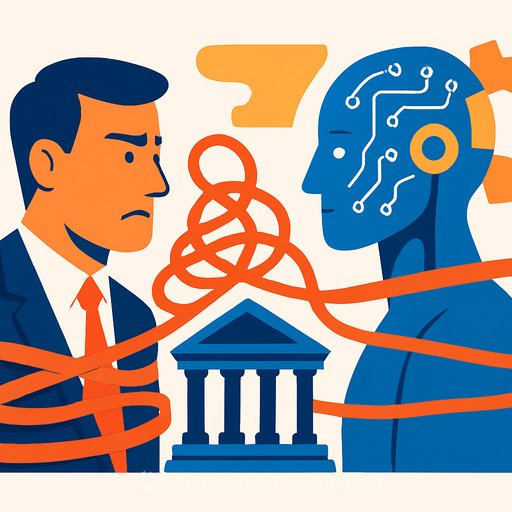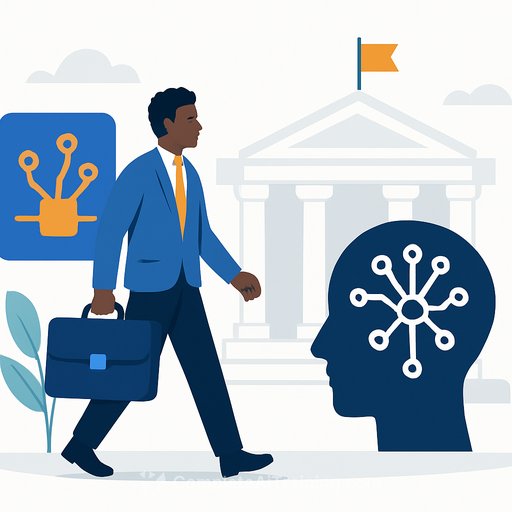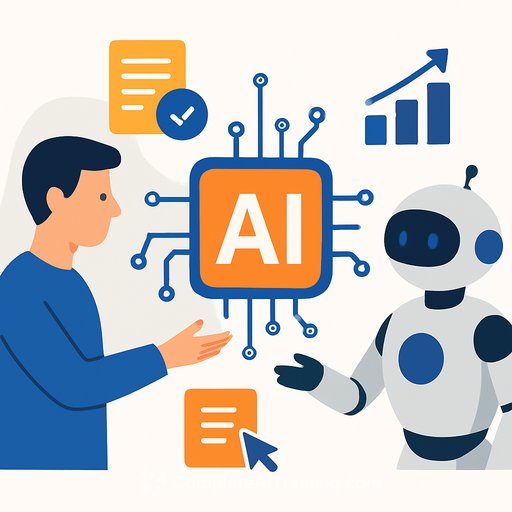How Many Federal Agencies Does It Take to Regulate AI? Enough to Hold It Back
The US government is eager to embed AI across federal agencies, but the surge of new technology is meeting a dense web of regulations. Nearly 100 requirements from 10 different oversight and advisory bodies have created a complex regulatory environment that slows down AI adoption.
Under the current administration, AI has been marked as a priority. Even before the president took office, federal AI use cases increased ninefold between 2023 and 2024. Agencies have secured deals with leading AI companies via the General Services Administration’s OneGov contracting program, offering access to advanced AI models for $1 or less during the first year. This shows a clear intent to move quickly.
The Regulatory Maze
However, the Government Accountability Office (GAO) reports that agencies face a fragmented and extensive set of AI rules. The GAO’s latest report found 94 separate AI-related government-wide requirements spread across ten executive-branch oversight and advisory groups. These include the Office of Management and Budget, Office of Science and Technology Policy, Department of Commerce, GSA, and National Science Foundation.
The rules stem from a combination of five AI-related laws, six executive orders, and three guidance documents, none of which are managed by a single centralized authority. This patchwork makes the deployment of AI within agencies challenging and unpredictable.
Challenges Faced by Federal Agencies
In discussions with 12 agencies, the GAO discovered that 10 felt current federal AI policies either missed key obstacles or, conversely, created barriers to adopting generative AI. Agencies cited familiar issues such as limited computing resources, concerns about bias and hallucinations, and the sheer volume of regulations that complicate compliance.
Kevin Walsh, the GAO’s director of IT and cybersecurity, emphasized that while AI can improve government operations, it also introduces risks like cyberattacks, fraud, and loss of data anonymity. He highlighted that effective AI governance will be essential to ensuring AI is used responsibly.
Recommendations and Compliance Status
The GAO has been pushing for better AI oversight since its first framework release four years ago, which aimed to guide managers on accountability and responsible AI use in government programs. In 2023, a follow-up report assessed federal agencies’ compliance with AI requirements and issued 35 recommendations to 19 agencies.
As of mid-2025, progress remains limited: only three agencies have implemented four of those recommendations. This slow pace suggests that bureaucratic hurdles and fragmented policies continue to hinder AI adoption.
Federal employees involved in AI deployment should stay informed about evolving regulations and consider training programs that address AI compliance and practical implementation strategies. Resources like Complete AI Training’s latest AI courses can provide up-to-date knowledge tailored to government needs.
Key Takeaways for Government Professionals
- AI adoption in federal agencies is growing but slowed by a complex regulatory framework.
- Nearly 100 AI-related requirements come from multiple agencies and legal sources, creating overlap and confusion.
- Common obstacles include limited resources, concerns about AI bias, and regulatory burdens.
- GAO recommends clearer oversight and has issued multiple compliance recommendations, with limited implementation so far.
- Staying current on AI policies and training is critical for effective and responsible AI use in government.
Your membership also unlocks:






